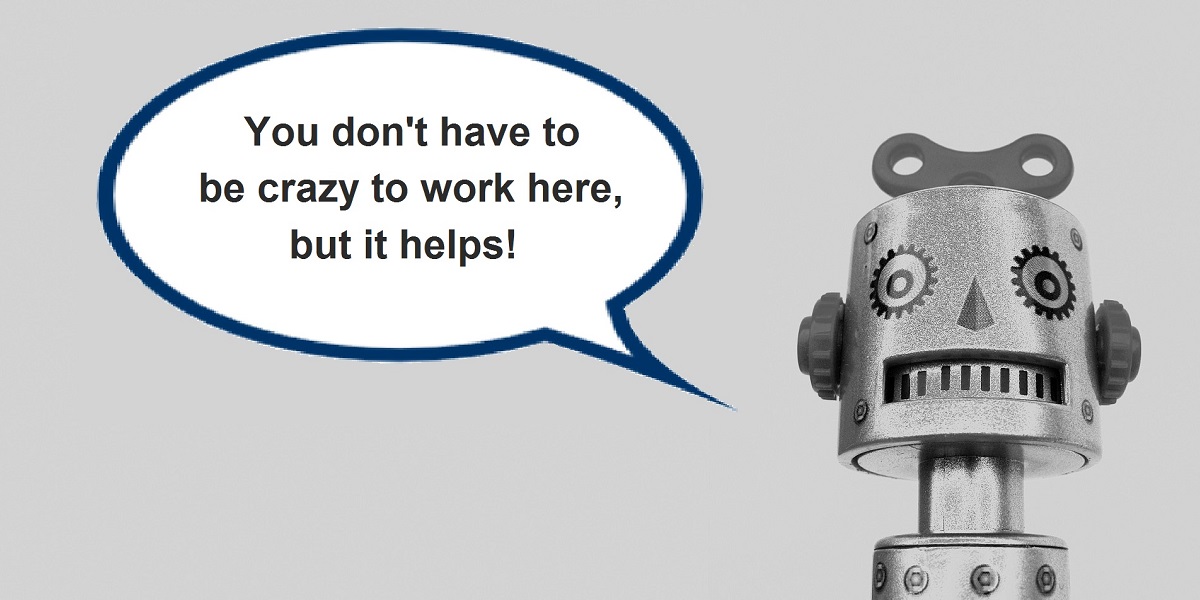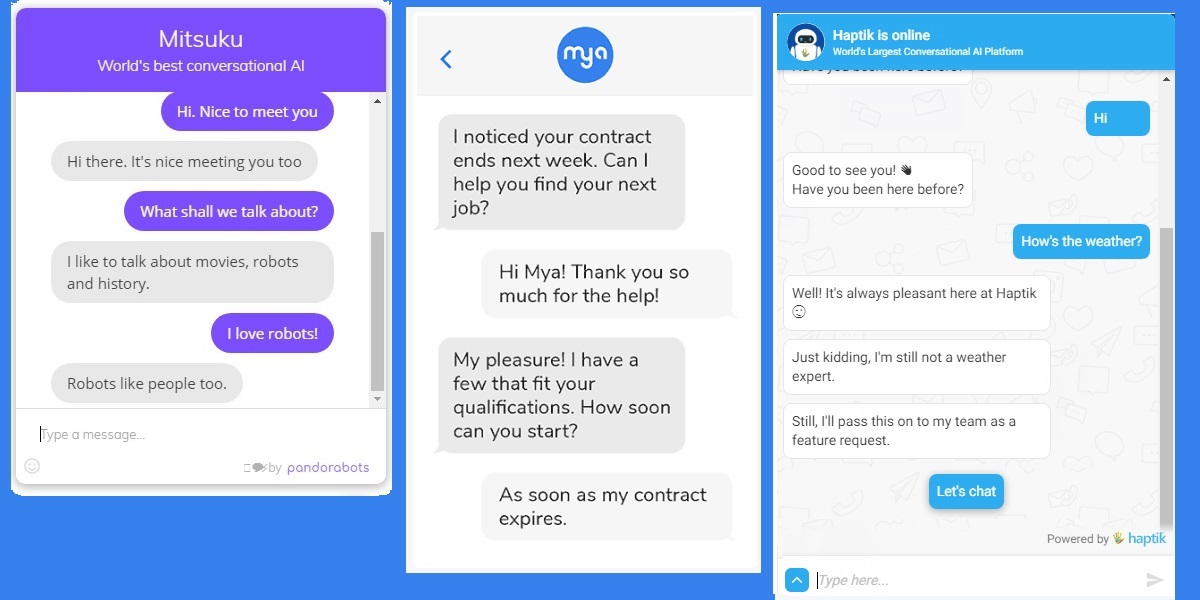The tech giant’s new chatbot could make AI-powered communication more conversational and even more profitable
Since the launch of Apple’s Siri a decade ago, more than 1.5 billion virtual assistants have been installed on smartphones and other devices. There can be few electronics users who don’t recognise the enormous promise of conversational AI. However, our seemingly hard of hearing virtual assistants and awkward artificial intelligence chatbot conversations have also proven the technology’s limitations.
Anyone who uses AI assistants is sure to experience frequent misunderstandings, irrelevant answers and way too many ‘I don’t know’ responses, while many corporate chatbots simply serve up pre-defined bits of information whether you ask for them to or not. So, while we have seen massive advances in natural language processing (NLP) during recent years, human-to-AI conversations remain far from ‘natural’.
But that may soon change.
Last week, a team from Google published an academic paper on ‘Meena’, an open-domain chatbot developed on top of a huge neural network and trained on about 40 billion words of real social media conversations. The result, Google says, is that Meena can chat with you about just about anything and hold a better conversation than any other AI agent created to-date.
One of the things that Google’s development team has been working on is how to increase the chatbot’s ability to hold multi-turn conversations, where a user’s follow-up questions are considered by AI in context of the whole conversations so far. The team’s solution has been to build the chatbot on a neural network, a set of algorithms modeled loosely on the way the human brain works, which is designed to recognise patterns in data. This neural network was then trained on large volumes of data to create 2.6 billion parameters, which inform those algorithms and so improve Meena’s conversation quality.
Creating conversational computer applications that can pass for human intelligence has been a core theme for both computer science and science fiction since the fifties. Alan Turing, the famous British World War II codebreaker and one of the founding fathers of AI theory, developed a test to measure if a computer system can exhibit intelligent behaviour indistinguishable from that of a human in 1950. Since then, the Turing Test has been somewhat of a Holy Grail for computer scientists and technology developers.
However, Google’s quest to develop a superior chatbot is far from academic. The global AI chatbot market offers one of the best examples for how AI can drive revenue for businesses. Business and government organisations worldwide are investing in chatbots, in an effort to enhance customer service levels, decrease costs and open up new revenue opportunities. According to research company Markets and Markets, the global market for conversational AI solutions is forecast to grow from $4.2 billion (Dh15.4bn) in 2019 to $15.7bn by the year 2024.
Chatbot solutions built for large enterprises have the ability to carry on tens of thousands of conversations simultaneously, drawing on millions of data points. Global advisory firm Gartner Group has found AI chatbots used for customer service can lead to reductions in customer calls, email and other enquiries by up to 70 per cent.
All this industry growth and customer service success is taking place despite the innumerable issues that users encounter when trying to have customer service conversations with AI chatbots. As consumers, we are now conditioned to dealing with technology that doesn’t quite work. If the benefits outweigh the frustration, we’re happy to work around the problem. We rephrase our questions when a chatbot can’t interpret our request or choose from the options offered, rather than try to solicit further information. Or, if we feel the conversation is just too much effort for the reward, we just give up.
The latent opportunity for virtual customer assistants is that they could play an active role in defining needs and preferences in the moment, whilst in conversation with the customer, helping to create highly personalised services. Today, programmers have to limit the options that customer service chatbots offer or too many conversations result in dead-ends, unmet requests and frustrated customers. So, choices offered to customers by chatbots, are often as simple as A, B or C.
If developers can increase a chatbot’s ability to hold a more natural human conversation, then chatbots may have the opportunity to solicit more actionable data from customer conversations, resolve a wider range of customer issues automatically and identify additional revenue opportunities in an instant.
Given how fast the chatbot technology market is growing, the payback from enabling AI chatbots to bring customer conversations to a more profitable conclusion could register in the billions of dollars.
This story was first published in The National.





